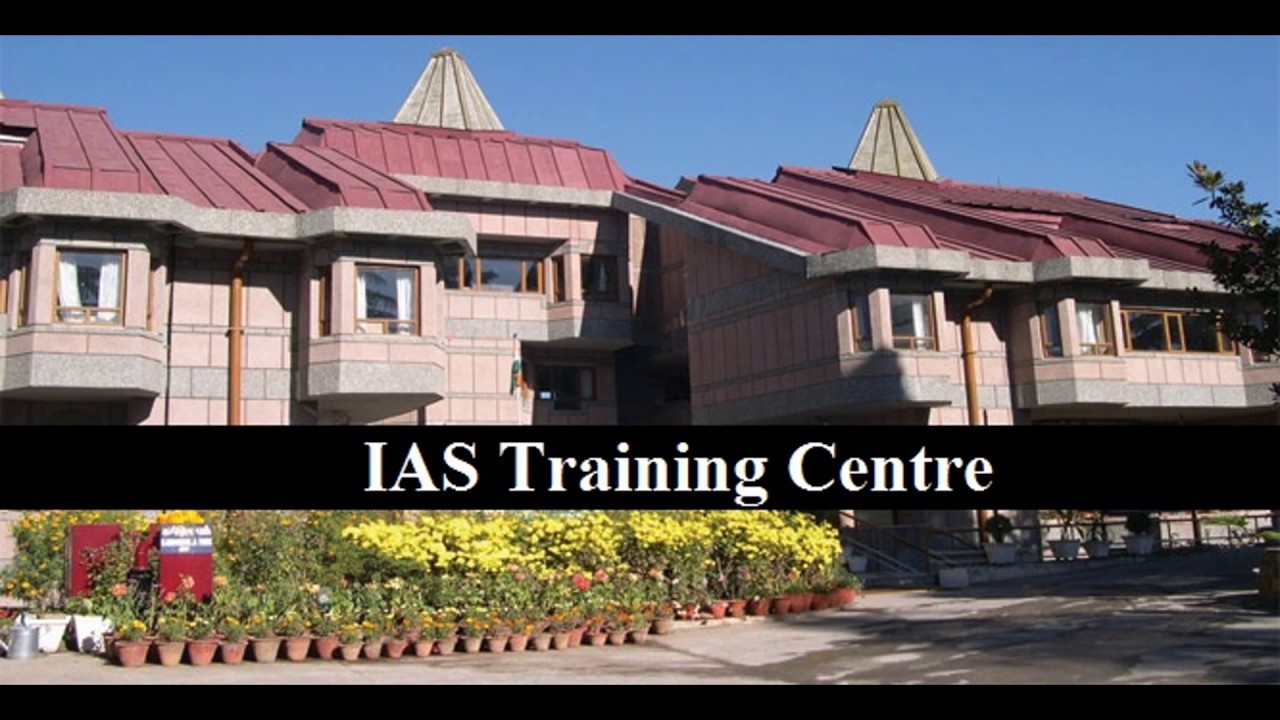Introduction
Training facilities are crucial in molding both people and animals by cultivating abilities and skills necessary for their specialized fields. This tour will take you to a variety of training facilities, from those that get candidates ready for the Indian Administrative Service (IAS) to those that help young people learn computers and even go into unusual fields like training dogs and elephants.
IAS Training Centre
- Overview: For those hoping to become members of the Indian Administrative Service, the most prestigious job in the nation’s bureaucracy, the IAS Training Centre is the first port of call.
- Admission to the IAS training program is subject to a stringent selection procedure, which often entails a competitive exam that evaluates applicants’ ability and knowledge of a variety of areas.
- Training Modules: A wide range of topics, such as economics, governance, and law, are covered in the curriculum. Moreover, personality development classes are provided to trainees in order to better equip them for the demands of public service.
- Field Exposure: IAS training exposes students to the real world of administrative work through field trips and hands-on activities in addition to traditional classroom settings.
- Length of Training and Graduation: Usually taking a few years, the program ends with graduation and subsequent postings in administrative positions.
Youth Computer Training Centre
- Objective: Youth Computer Training Centers aim to close the digital gap by equipping young people with the fundamental computer skills they need to succeed in the technologically advanced world of today.
- Curriculum: Basic computer literacy, software applications, and even more complex subjects like coding and programming are all covered in the curriculum.
- Inclusivity: These facilities frequently serve a varied clientele, guaranteeing that people of all ages and backgrounds can profit from the instruction.
- Certification: Obtaining a certificate upon successful course completion increases an individual’s employability in the tech-driven labor market.
Kodanad Elephant Training Centre

- Location and Significance: This exceptional training facility, which doubles as a training ground and sanctuary for elephants, is tucked away in the breathtaking Kodanad scenery.
- Training Regimen: Mahouts teach elephants how to communicate, obey orders, and take part in cultural activities. Positive reinforcement and ethical behavior are the main topics of the course.
- Conservation Efforts: In addition to providing training, Kodanad Elephant Training Center actively participates in conservation initiatives that support the safety and welfare of elephants in the area.
- Visitor Engagement: By letting guests observe the training procedure, the institution hopes to increase public understanding of the value of humane treatment and elephant conservation.
IFS Training Centre
- IFS Overview: The Indian Forest Service (IFS) Training Center plays a vital role in equipping people for careers in environmental protection, animal management, and forest conservation.
- Curriculum and Specialization: A wide range of topics, including forestry, biodiversity, and conservation, are covered in the course. Specialization in fields like wildlife management or forest policy is common among trainees.
- Field Assignments: A significant number of field assignments are part of the IFS training program, which helps students apply their theoretical understanding to real-world situations and develop their practical forest management skills.
- Global Perspective: The IFS Training Center places a strong emphasis on having a thorough awareness of international conservation techniques, given the global character of environmental concerns.
V. Dog Training Centre
- Local Search: The need for expert training to ensure well-behaved and obedient pets and the growing interest in canine companionship are reflected in the search for a “dog training center near me.”
- Training Programs: A variety of programs are available at dog training facilities, such as behavioral modification, basic obedience training, and even customized training for service or therapy dogs.
- Expertise of Trainers: These facilities employ seasoned trainers who create a solid link between canines and their owners through positive reinforcement methods.
- Community Engagement: In addition to providing individualized training, some facilities host activities and courses to interact with the local population while encouraging responsible dog ownership and an awareness of canine behavior.
Conclusion
Every center has a significant impact on the development of people or animals, whether it is in the tech-driven areas of youth computer training, the tranquil settings of elephant sanctuaries, or the hallways of IAS training facilities. These training facilities’ varied character reflects society’s many requirements, which range from administrative governance to the protection of wildlife and the company of our four-legged friends. These centers support the development, enrichment, and well-being of people as well as the communities they serve in distinctive ways.

